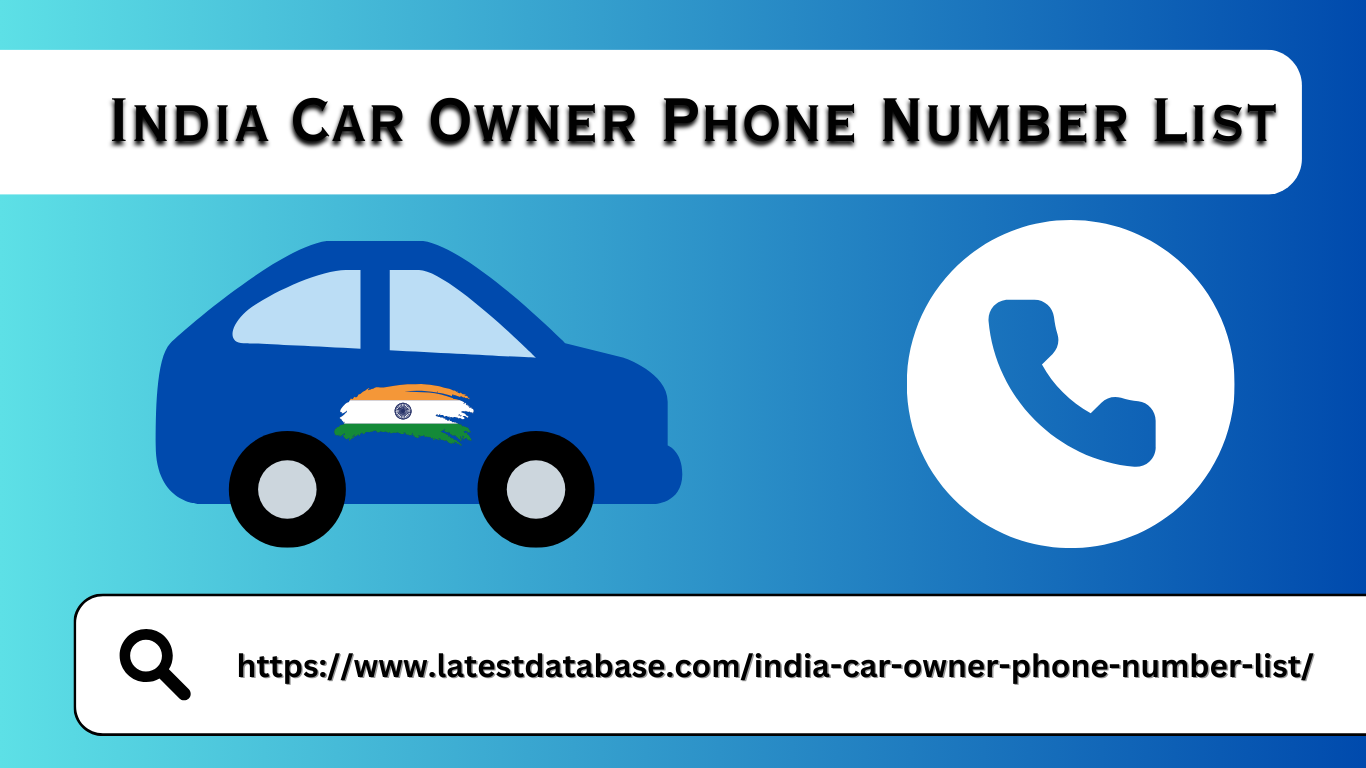|
|
Professional email for all your information. Preliminary Writing Phase Before you start sending a professional email to your client, take some time to identify the core elements of your email. This preliminary stage is like building a strong house. Define Your Objectives What is your reason for sending this professional letter? Are you making interesting announcements, communicating important information, attracting attention with special offers, sending follow-up emails, or simply building goodwill? Understanding the main purpose of your message will determine its content and tone. Check out this example in Figma. This telecom customer is notified of new features and updates. Sample Letter from Figma Image Source: Realgoodemails.com Know Your Audience When developing the content of a professional email, imagine your reader. Are they tech savvy or unfamiliar with the lingo? Young and trendy or seasoned professional? This understanding will determine your language, level of detail,
degree, and even humor you might add. Check out this example from Glitch. Glitch Letter Image Source: Realgoodemails.com Plan Your Structure Think of your email as a journey. Create a plan that defines your key points, making sure they flow logically and are implemente India Car Owner Phone Number List goals. Imagine the recipient working with you every step of the way and successfully achieving the desired outcome. Writing an Email Now that you’ve identified your purpose and target audience, it’s time to create your email. Remember, your goal is to communicate with your customers in a professional, informative, and engaging way. Start with a catchy subject line Think of your theme as the first impression you make. It should be clear, concise, and make the recipient interested in opening the email. Avoid using general phrases like "update" or "just a quick question." on the contrary, ' {' h9 a+ n! l9 b" k8 U. c4 n

Use action verbs and emphasize the value you provide. Image source: Realgoodemails.com For example, “Get ready to boost your productivity with our latest tips” or “Exclusive offer: Save % on your next purchase.” Personalize your greeting Don’t resort to a bot “Dear Customer.” Address the recipient by name to show that you know them. If you have their shopping history or preferences, reference them subtly to further personalize the message. Clearly state your goals ahead of time. Get right to the point of the first paragraph. Briefly explain the purpose of the email and what the reader can learn or gain by reading the email. This sets the tone and keeps the writing focused. Email from Google Analytics Image Source: Realgoodemails.com Keep it short and to the point No one wants to read a novel in their inbox. Strive to be concise and clear
|
|